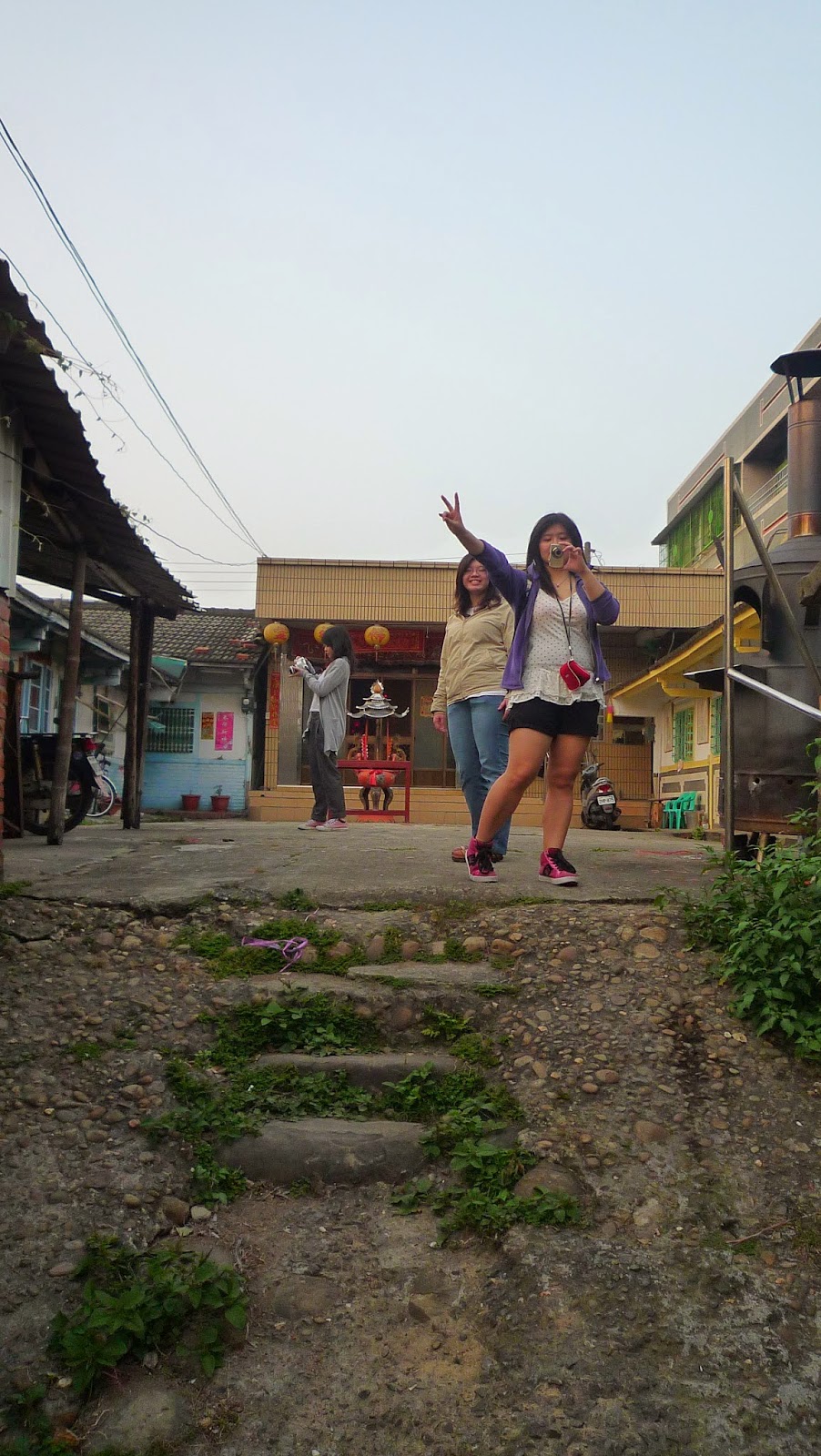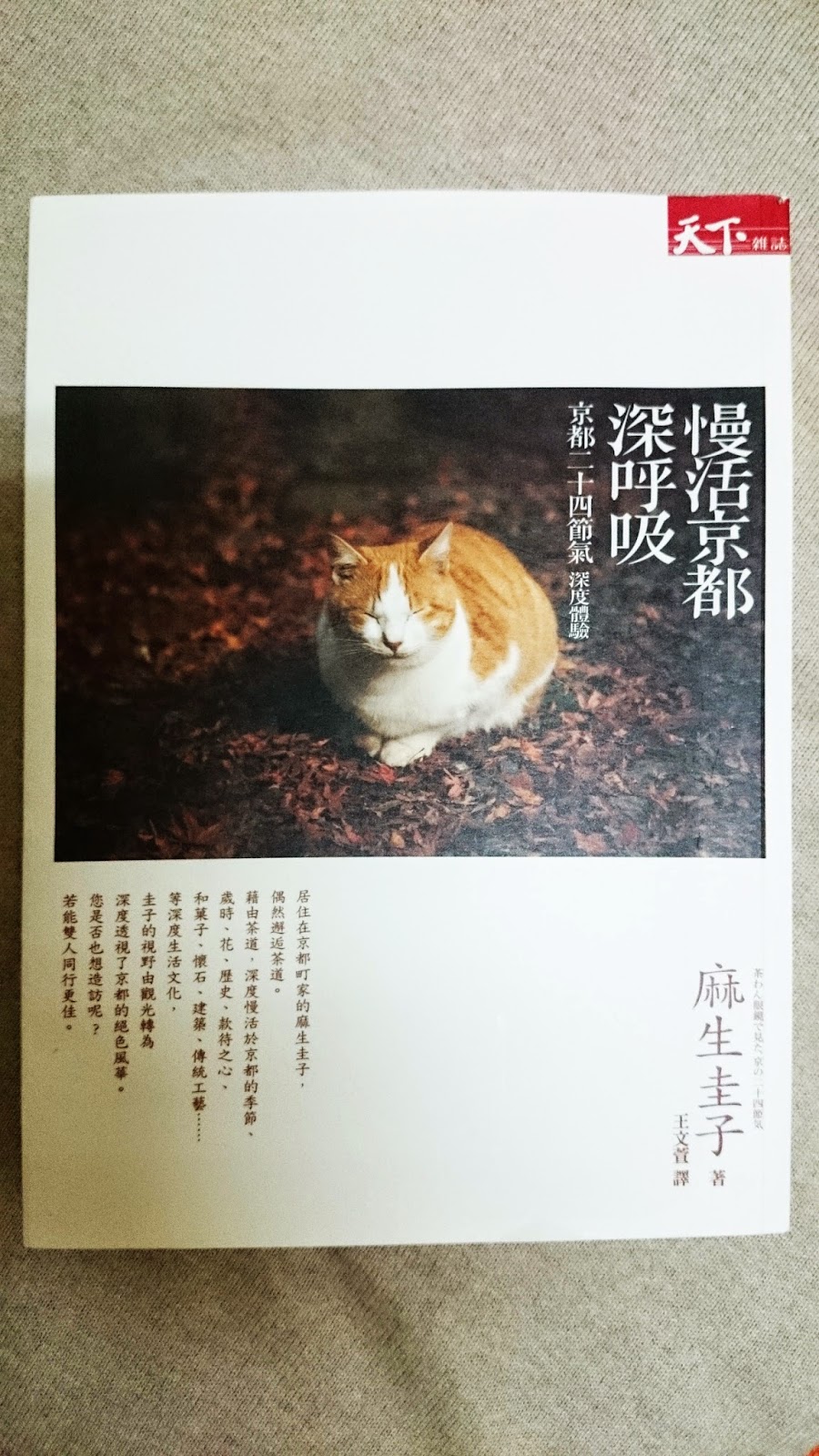INSIDE CHANEL
CHAPTER 1 N°5
For the first time,
a couturier revolutionizes the insular world of perfume
by creating in 1921
her own fragrance, the first of its kind.
Coco Chanel seeks, in her own words,
"a woman's perfume with a woman's scent."
Her scent should be as important as her style of dress.
"A woman," she says, "should wear perfume
wherever she would like to be kissed."
For the first time,
N°5 defies the conventions of perfume,
which glorify single flower fragrances.
Coco Chanel calls upon Ernest Beaux, perfumer to the Czars.
In search of inspiration,
Ernest Beaux ventures as far as the Arctic circle,
finding his muse in the exhilarating air
issuing from the northern lakes under the midnight sun.
The couturier encourages him to be ever more audacious,
demanding still more jasmine, the most precious of essences.
May rose, Haitian vetiver, ylang-ylang,
sandalwood, orange blossom, essence of Neroli,
Brazilian Tonka beans...
He composes a bouquet of over 80 scents for her.
An abstract, mysterious perfume
radiating an extravagance floral richness.
For the first time,
N°5 transforms the alchemy of scent
through Ernest Beaux's innovative use of aldehydes,
synthetic components which exalt perfumes,
like lemon which accentuates the taste of strawberry.
Aldehydes add layers of complexity,
making N°5 ever more mysterious
and impossible to decipher.
For the first time,
N°5, a code, an identification number,
makes the sentimental names for the perfumes of the day
seem instantly out of date.
It receives its name because Mademoiselle Chanel
prefers the fifth sample Ernest Beaux presents to her.
According to some, she also chooses the number 5
because of its magical luck-giving qualities.
For the first time,
a perfume is presented in a simple laboratory flacon.
Pure, austere, as bare as a vial,
the minimal lines of the N°5 bottle
distinguishes it from the mannered bottles of the 1920s.
Its sobriety ensures its timelessness.
By some accounts, its stopper, cut like a diamond,
is inspired by the geometry of the place Vendôme.
The original bottle adapts imperceptibly to its time.
N°5 becomes an icon of the 20th century.
In 1959, it is honored by the MOMA of New York.
Andy Warhol depicts it in a series of silkscreens.
For the first time,
at the Liberation of Paris,
GI's flock to the Chanel boutique on the rue Cambon,
lining up to bring bottles of N°5
to wives and fiancées waiting at home.
From the United States to Japan,
the fragrance's fame spreads.
It soon becomes the best-selling perfume in the world.
For the first time,
N°5 pioneers a new form of advertising in the world of fragrance.
In 1937, Mademoiselle Chanel herself is photographed at the Ritz
for Harper's Bazaar.
For the first time,
a fragrance is advertised at the Super Bowl finals.
N°5 enjoys dizzying success.
For the first time,
N°5's place in history is secured
when Marilyn Monroe, at the height of her stardom in 1952,
reveals that she wears to bed just a few drops of N°5...
For the first time,
Jacques Helleu, artistic director of Chanel
between 1965 and 2007,
features celebrities as incarnations of the iconic perfume.
In 1968, Catherine Deneuve agrees to lend her French beauty to N°5,
followed by Candice Bergen,
Suzy Parker, Ali MacGraw, Lauren Hutton,
Carole Bouquet, Estella Warren, Nicole Kidman, Audrey Tautou.
For the first time in the history of N°5,
a man agrees to represent the most feminine of fragrances:
Brad Pitt.
For the first time,
a perfume created in 1921
is still the best-selling and most famous fragrance in the world.
N°5 resists the whims of fashion and the passage of time,
as if Mademoiselle Chanel had found the formula for the feminine eternal.










